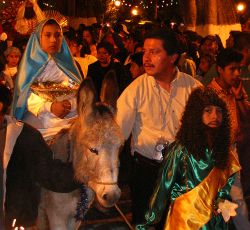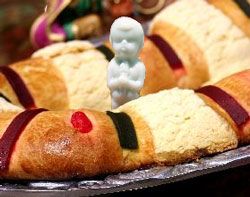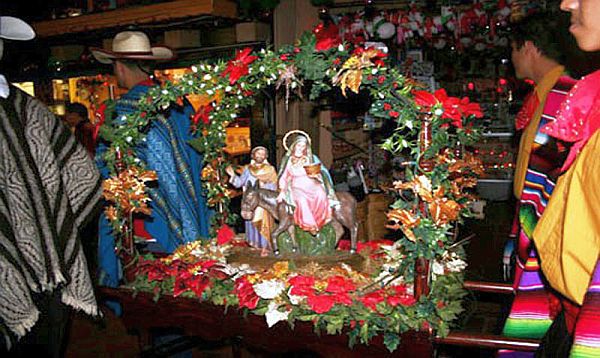Puerto Vallarta, Jalisco, Mexico - Rich in traditional festivities, a Mexican Christmas is filled with wonder. In other countries, the 12 Days of Christmas are recognized, but in Mexico, the nine days of posadas leading up to Noche Buena (Holy Night) - are observed.
 |
Every evening, a different host is chosen, and it's their task to throw a massive party complete with a piñata for the children and something a little more spirited for the adults.
The ninth evening of las posadas is Buena Noche, Christmas Eve. The children lead a procession to the church and place a figure of the Christ Child in the nacimiento (nativity scene) there.
Then everyone attends midnight mass, called the Misa de Gallo, (Rooster's Mass.) After mass, families return home for a festive dinner and traditional drinks before the gifts are opened, piñatas are broken and sparklers light up the night. Christmas Day is considered a time to rest, recover and enjoy the leftovers!
Although Santa Claus has been known to slip over the border in recent years, the traditional day for Mexican children to receive presents is still January 6, known as El Dìa de Los Reyes (Three Kings Day.) It commemorates the time when, according to legend, the Reyes Mago, Melchor, Gaspar, and Baltazar, arrived at the manger in Bethlehem to pay homage to the Christ child with their gifts of gold, frankincense, and myrrh.
Traditionally on the night of January 5, the figurines of the Three Wise Men are added to the nativity scene. That night before going to bed children place their old shoes on the windowsill, where the Wise Men leave them their presents. Nowadays, shoes are not always put out but the youngest children in each family still receive gifts from the Three Kings on this day.
 |



